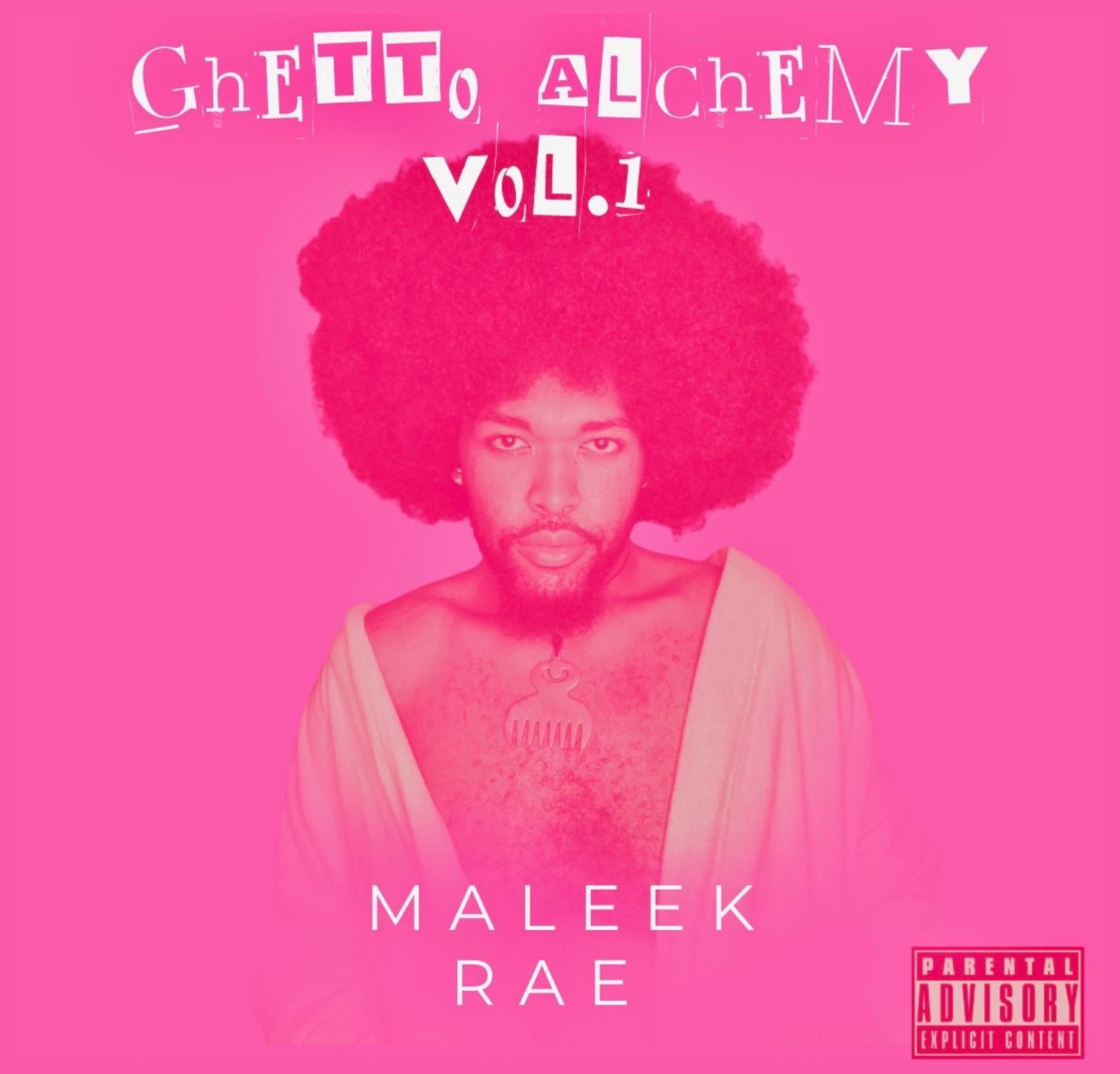We recently connected with Maleek Rae and have shared our conversation below.
Maleek, looking forward to hearing all of your stories today. Has your work ever been misunderstood or mischaracterized?
As a gender queer artist, I constantly navigate other people’s understanding, or often lack thereof, of my identity and the history of folks like me. I’ve found that education around gender frequently blurs with conversations about sexuality, making historical context regarding our queer icons and forefathers feel gatekept—something I’ve most def experienced — I didn’t even learn of James Baldwin until my freshman year of college. During my time in acting conservatory, discussions around expansive identities were often sidelined, as your success often hinges on how others perceive you. To be gender expansive or non-binary, in my personal experience, is hard for people to conceptualize outside of androgyny. This led me to spend a significant part of my early years as an artist choosing to be stealth, hoping to avoid “over complicating” my career. It’s a struggle that many of us face, but I’m determined to change that narrative and create space for us and the next generation of emerging artists.

Maleek, love having you share your insights with us. Before we ask you more questions, maybe you can take a moment to introduce yourself to our readers who might have missed our earlier conversations?
I am Maleek Rae (They/Them), the great-grandchild of Joseph Gilbert and a genderqueer multidisciplinary artist hailing from Detroit’s Eastside. I have established my presence in the entertainment industry as a rapper, writer, actor, and producer. I have appeared in various roles across television, film, and theater. My on-screen credits include notable TV shows such as “The Best Man: The Final Chapters” on Peacock, “Random Acts of Flyness” on HBO, “East New York” on CBS, and “Law & Order: Organized Crime” on NBC. Additionally, I have appeared in national commercials and video game projects. As a stage performer, I co-created the original solo play “Ghetto Alchemy: A Lunchroom Survival Guide” with the incomparable amani meliyah at The Tank and have participated in productions like “‘Tia Pray A Sound” at BTBF, “The Bacchae” at the Classical Theatre of Harlem, and “Messiah” at La MaMa. As a rapper, my debut mixtape, “Ghetto Alchemy: Vol 1,” weaves together my theatrical performance background, the richness of my Detroit roots, and storytelling techniques to create music that I envision as liberation spells.

In your view, what can society to do to best support artists, creatives and a thriving creative ecosystem?
I would say the best way to support artists is to invest in and hold space for full bodies of work, rather than just one-off hits. Often, as artists, we are looking to expand and push our commercial appeal for financial gain, with the hope of developing a brand that ensures longevity. This desire can lead many artists to rush through developmental periods. Whether in music, acting, or any art form, we understand that these developmental and educational phases are necessary incubator stages to lay a strong foundation for future growth. Artists who are grounded in being truth-tellers and soothsayers should be seen as essential in cultivating and preserving our rich histories , we collectively owe it to ourselves and to the youth to invest in those artists who help shape the world of today and tomorrow. We continually turn to art to understand different periods in time, to navigate emotional highs and lows, and to better comprehend ourselves and others — we should also look to it as a place to aid and invest our resources.

Have any books or other resources had a big impact on you?
There’s a video somewhere out there featuring a lady in a pink wig, by the name of Nicki Minaj….Where she says her infamous quote, “And if I would have accepted the pickle juice, I would be drinking pickle juice right now.”
In Nicki’s 2011 documentary “My Time Now,” she discusses the juxtaposition between what makes someone view an artist as a b**** versus a boss. The same traits that may lead someone to see a man as a boss can lead them to perceive a femme-presenting person as less than. As a genderqueer artist, I often navigate creative choices related to characters, whether through costume, makeup, or line changes. As a business entity committed to creating a diverse catalog that ages well over time, I am thorough in any discussions or development involving the characters I portray or my personal creations. Sometimes, people expect actors to behave like puppets—”Do this, move here, and say this”—and many play that role until they become “names.” I am not interested in embodied puppetry; I seek multi-dimensional artistry. So if you ask me to bend my wrist and be the butt of the joke as the gay best friend without a fully fleshed character arc…we gone have to go back to the drawing board playboy.
Additional writings that have significantly impacted my creative practice include the works of Ntozake Shange’s “For Colored Girls”, Katori Hall’s “Hurt Village”, and George C. Wolfe’s “Colored Museum”.
Contact Info:
- Website: https://www.maleekrae.com
- Instagram: https://www.instagram.com/maleekrae/
- Youtube: https://www.youtube.com/channel/UCzgaFPgdcSmwJ3SYU4HBBaQ
- Soundcloud: https://soundcloud.com/maleek-rae
- Other: https://www.instagram.com/maleekrae/



Image Credits
#1 amani meliyah
#2 Maleek Rae
#3 Danté Crichlow
#4 Maleek Joseph
#5 Sebastian Alexander Bass
#6 Danté Crichlow
#7 amani meliyah

